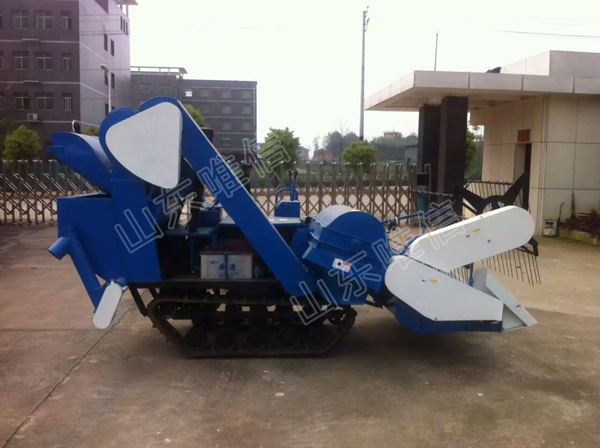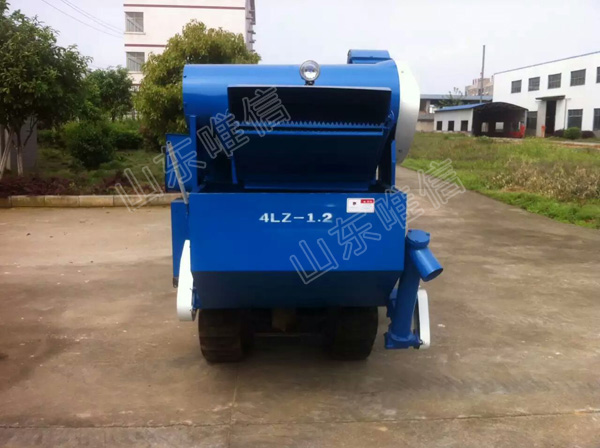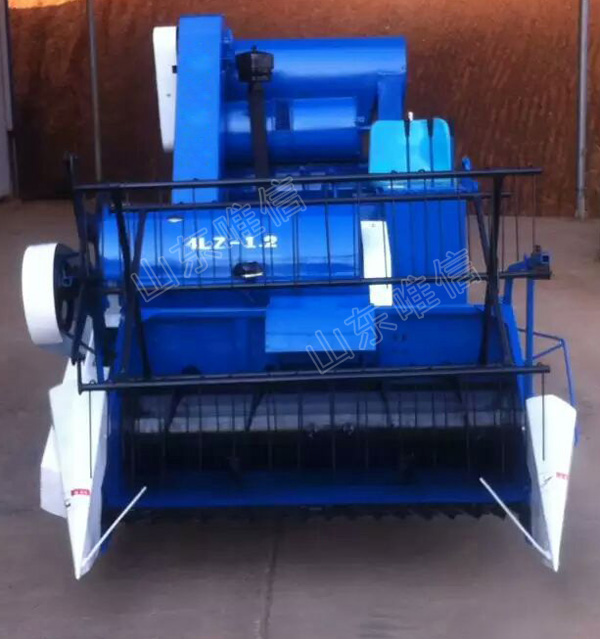
Shandong China Coal
Industrial & Mining Supplies Group Co., Ltd.
+86-17753785400 contact@chinacoalintl.com


"4LZ-1.2 Mini Combine Harvester for Harvesting Rice Wheat" production is on the below, and correct operation of the wheat combine harvester can avoid machine failures and improve work efficiency.

First, start to be stable. Start the throttle steadily and allow the harvester to reach the rated speed before cutting. When obstacles turn and reversing, you must raise the header, reduce the throttle, and stop cutting.
Second, the operating speed should be controlled. Under normal circumstances, the use of II block operation. When the wheat is dense, the plants are large, and the yield is high, the 1 block operation can be adopted; when the wheat growth is sparse, short, and the yield is low, the III block operation can be adopted. In the morning and evening when there are fog dew and rain after the operation, due to the damp wheat stalks, the speed should be lower. Before and after noon, the wheat stalks can be dried at a higher speed.

Third, adjust the reel speed. Under normal circumstances, its peripheral speed should be 1.5 times the speed of the unit, not only to ensure that the reel can effectively cut the wheat to the cutter, but also to avoid the loss of wheat due to the high speed of the reel.
Fourth, pay attention to the extent of cutting. When the load is allowed, work should be done as full or near full width as possible. At this time, the work efficiency is the highest, but no missing cuts should be produced to reduce the harvesting loss.

Fifth, adjust the header height. In order to facilitate post-cutting tillage and sowing operations, cutworms should be kept as low as possible. This is an important measure for harvesting lodgings, reducing ear cuttings, and missing spikes, but the height of the header should not be less than 6cm to avoid cutting the soil and accelerating cutter wear. According to the requirements of the operational quality standards, the maximum cutting height must not exceed 15cm.
Lastly,There are tips for walking routes. 1, using clockwise centripetal rotary harvest; 2 is counterclockwise centripetal harvesting. In order to facilitate the unloading of grain on the left side, the use of clockwise rotary harvesting has been adopted. For lodging of wheat, harvesting should be reversed or laterally to reduce the loss of wheat harvest.